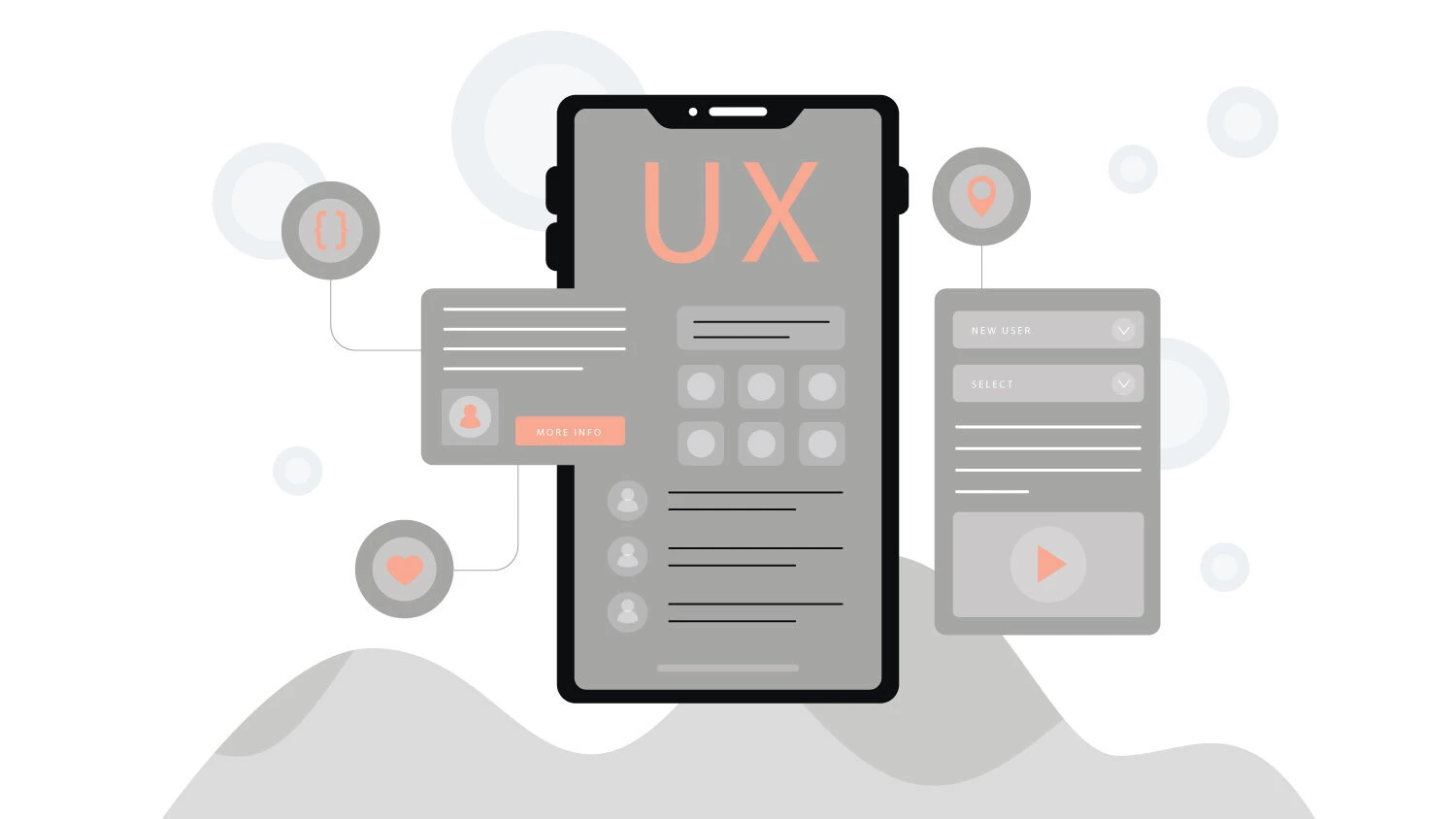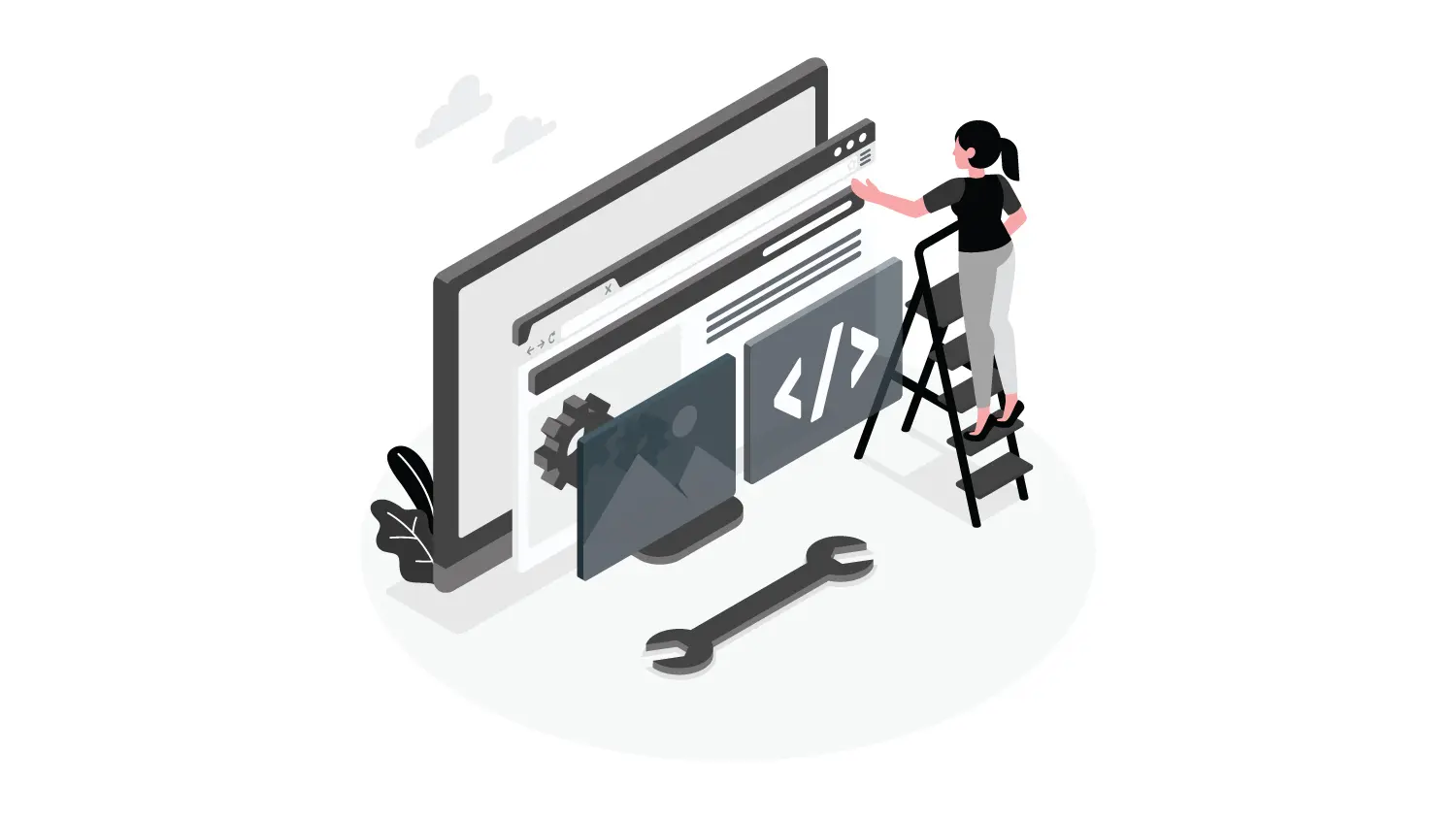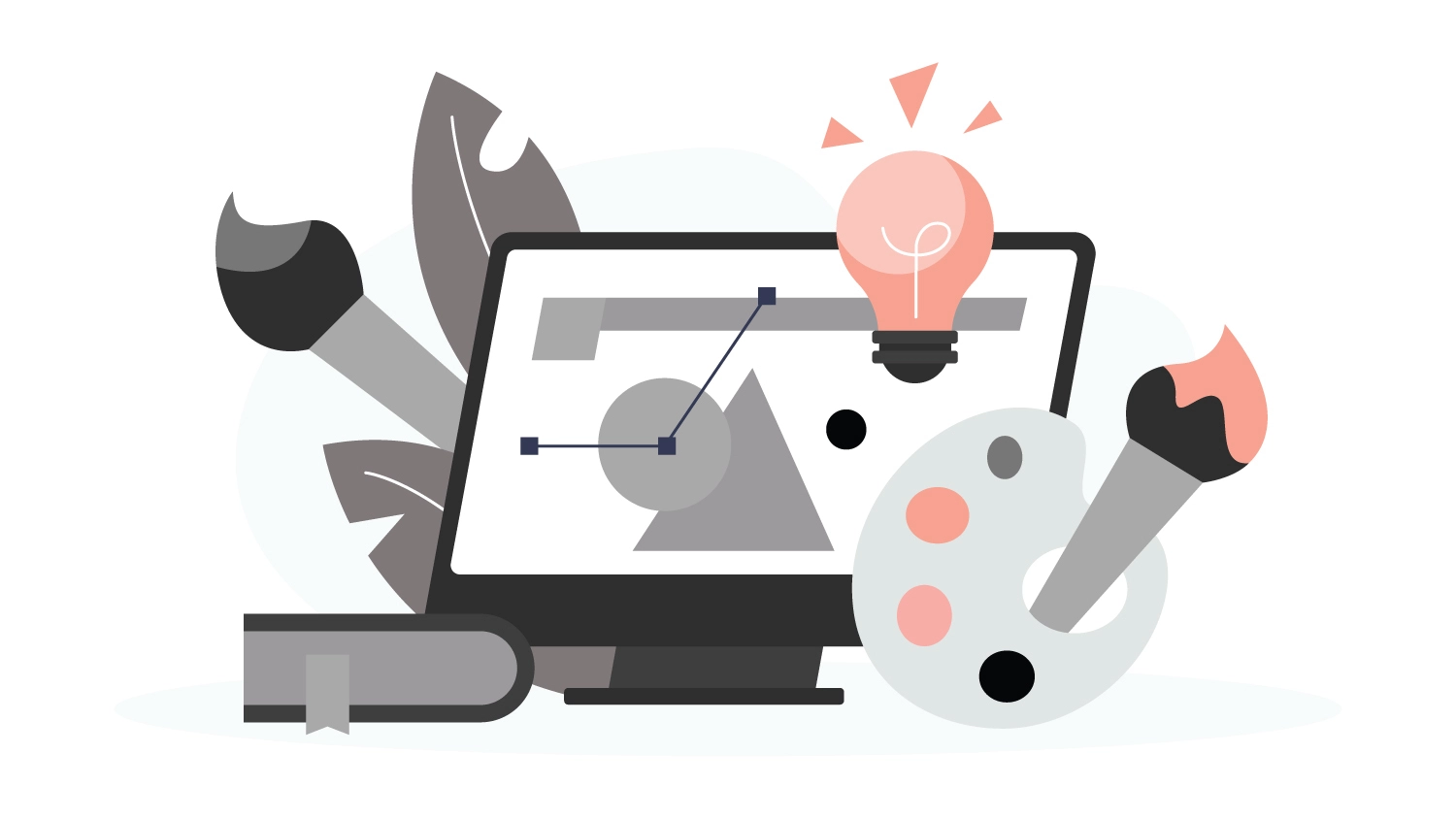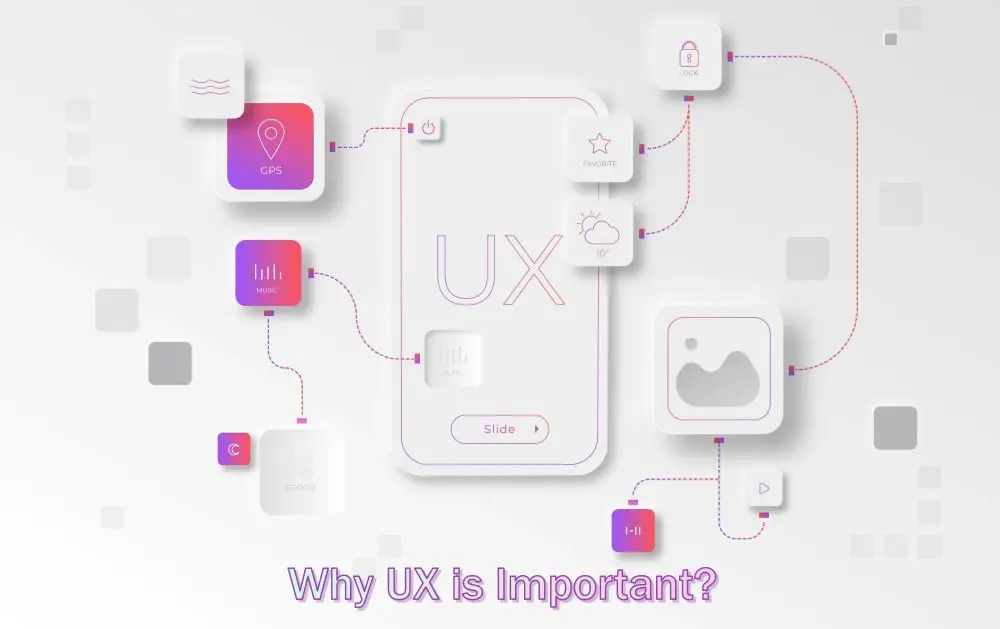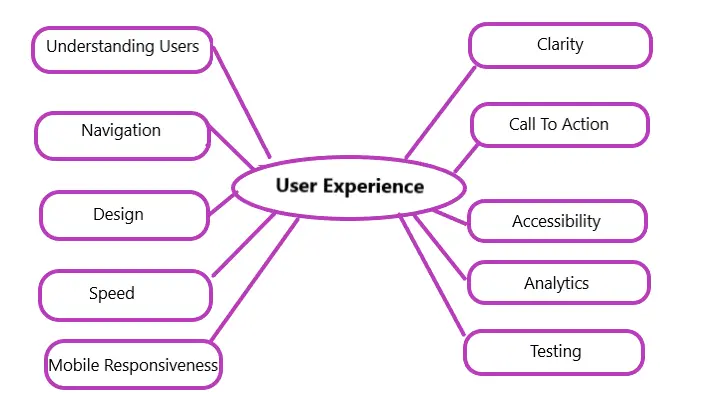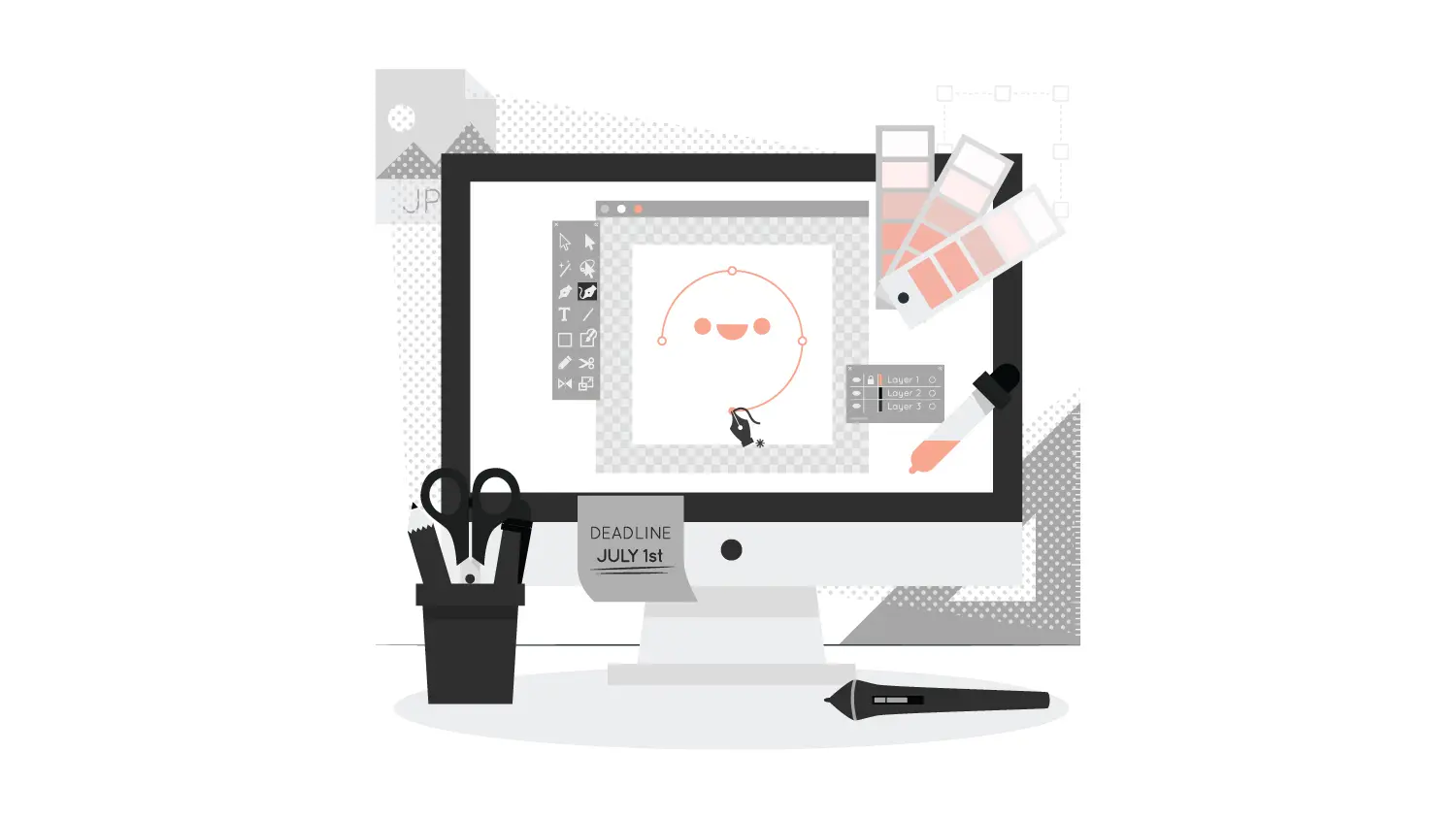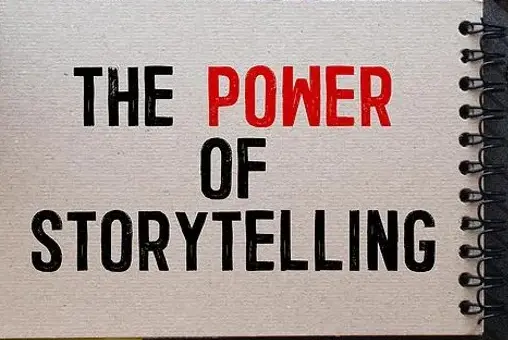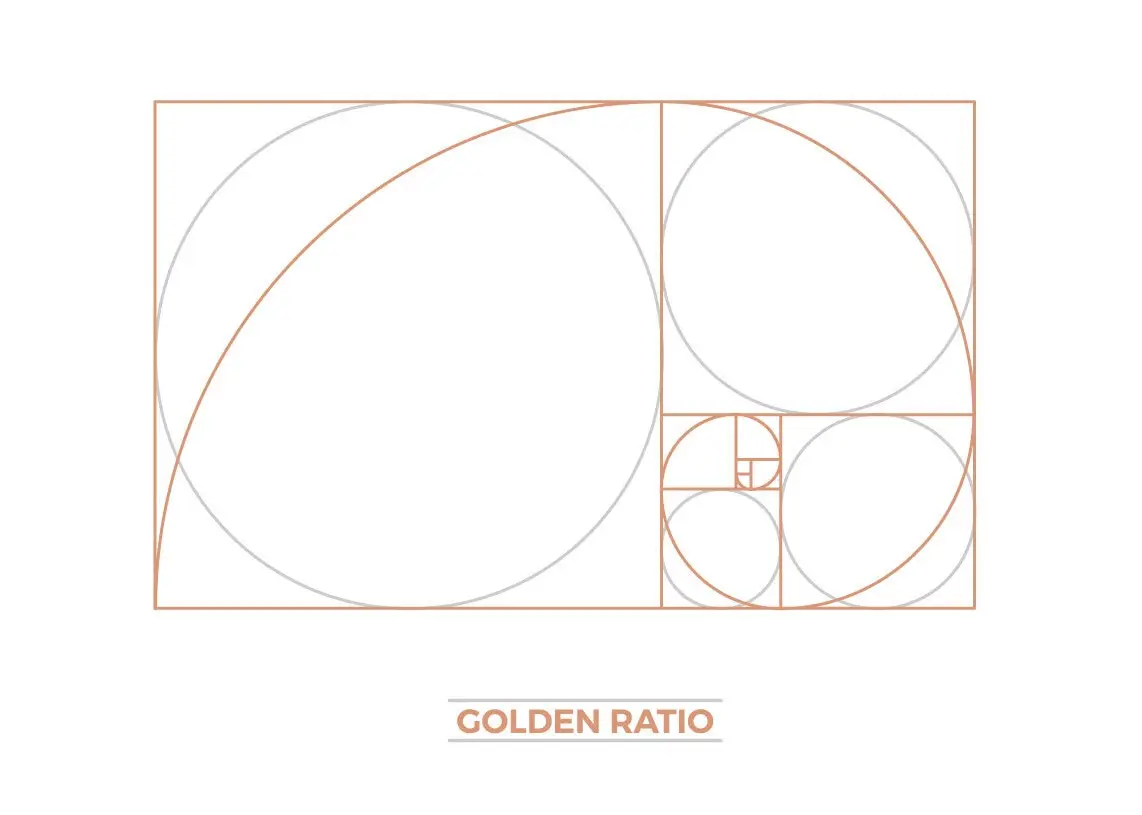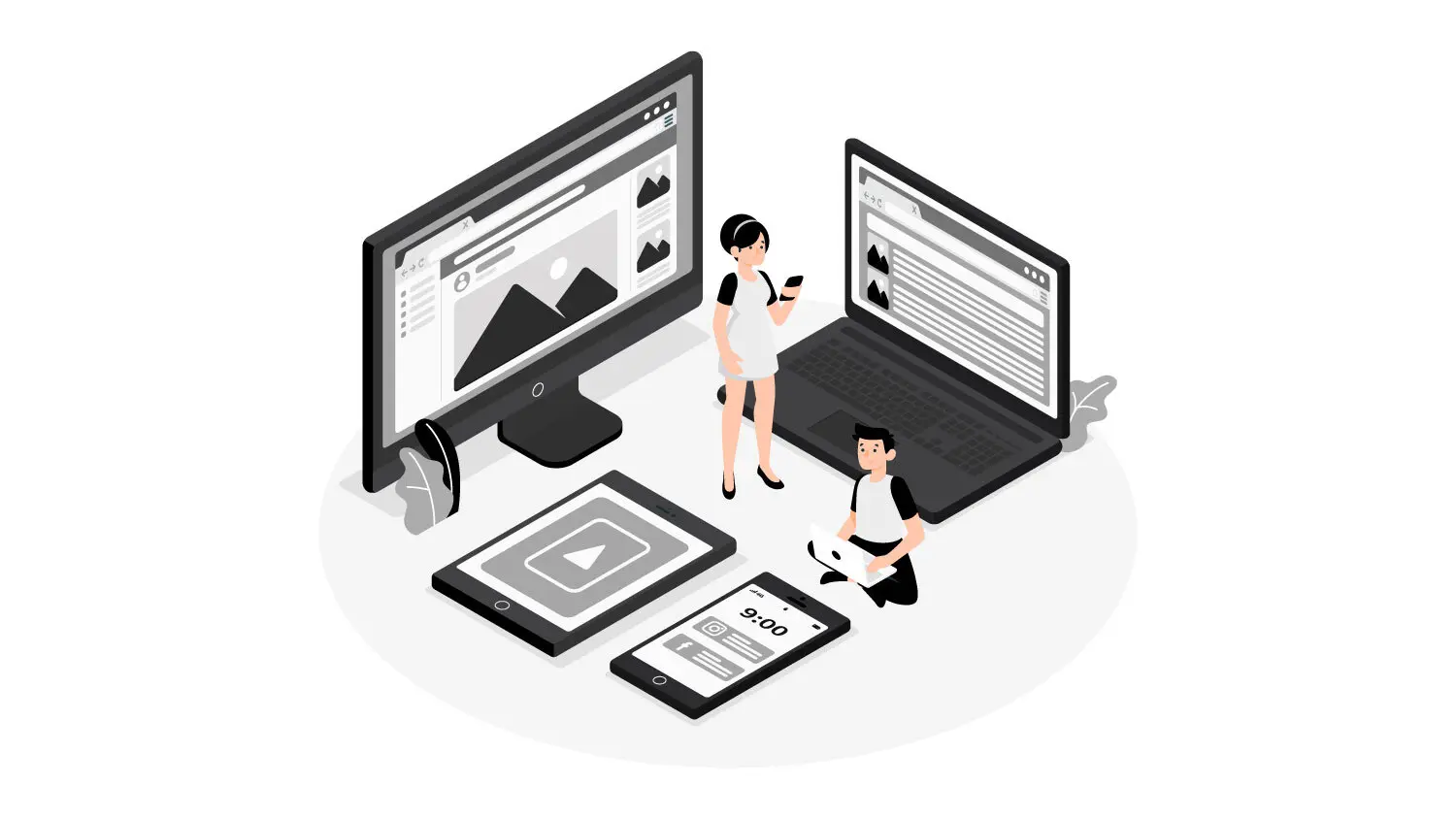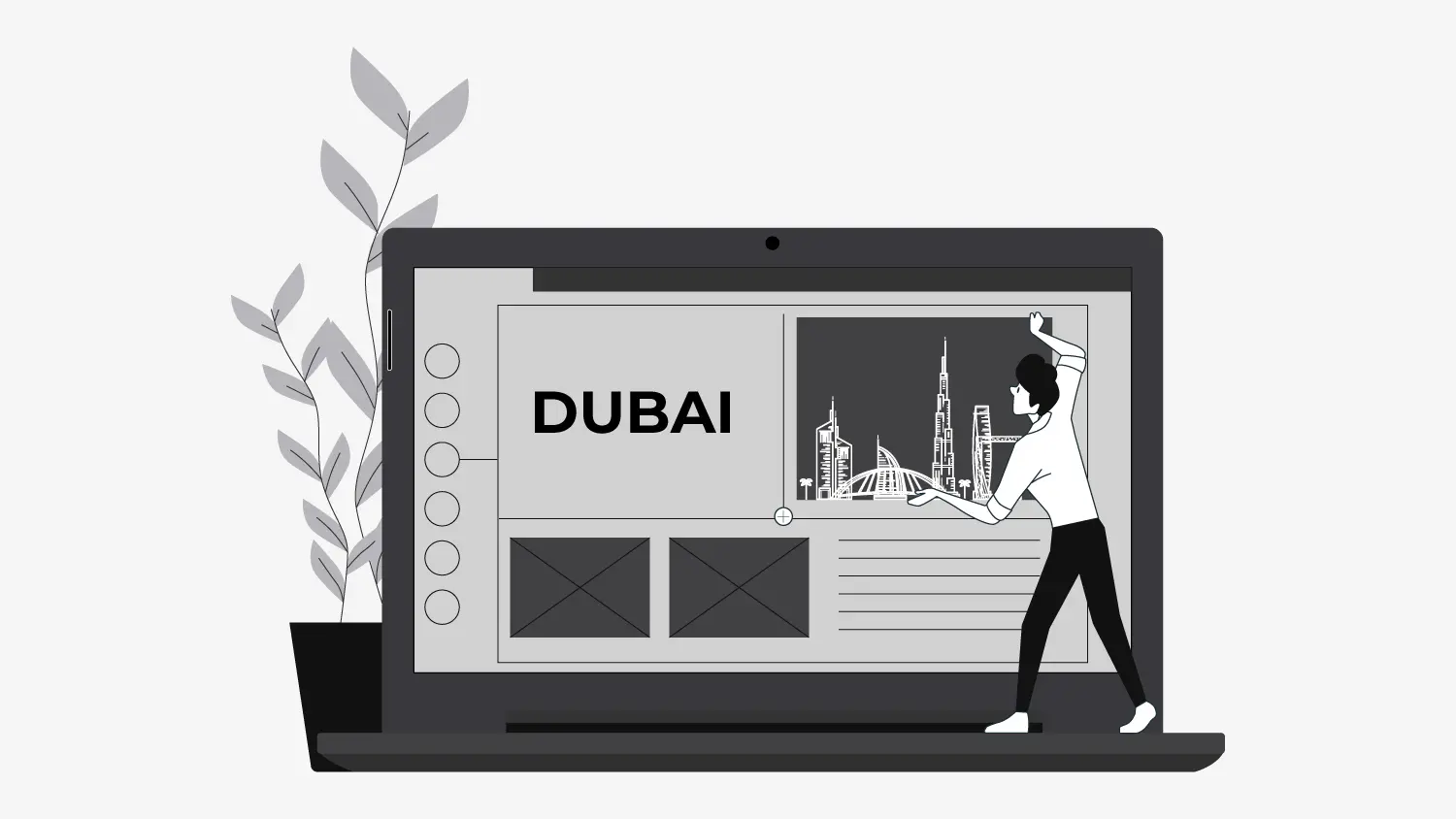And the 5 Elements of User Experience Design
Think, you’re scrolling through a website. Within seconds, you know whether you want to stay or leave.
Was it the colors?
The fonts?
The offer?
No its not about that. It was the feeling it gave you. The feeling of effortless, intuitive and trustworthy that is nothing but the User Experience Design (UX). And it’s not just about “pretty screens.” It is the invisible force that can make customers fall in love with your brand or silently walk away.
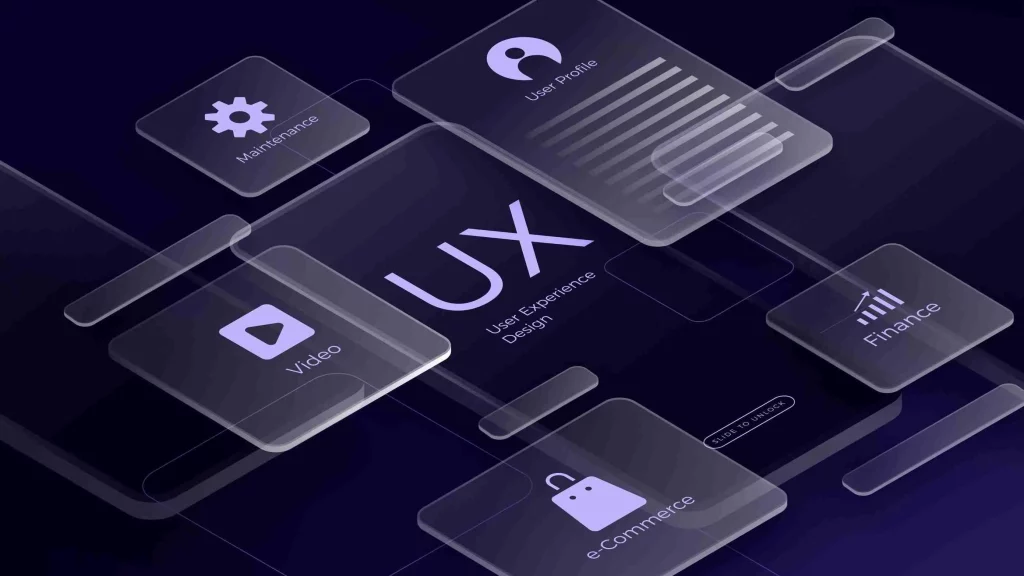
In a rapidly-changing market of luxury and digital innovation in Dubai, your user experience design is the differentiator. Here’s Why,
Why User Experience Design(UX) Directly Impacts Your Brand Value?
User experience isn’t just a “design thing.” It’s a business strategy.
Imagine:
A luxury hotel’s booking site that feels like a 5-star service.
An e-commerce checkout so smooth, customers don’t even think about it.
A banking app that understands your needs before you ask.
This is UX at work. And it shapes your brand in 4 critical ways:

- Trust
When users find what they need quickly (without confusion or errors), they trust your brand.
Example: A real estate site with clear project timelines and 360° tours.
2. Loyalty
Effortless experiences create emotional connections. People return — not just for products, but for how you make them feel.
3. Reputation
One frustrating experience can go viral. But seamless User Experience Design? It’s the quiet ambassador that earns word-of-mouth.
4. Revenue
“According to Forrester Research (via Forbes), every $1 invested in User Experience Design(UX) returns $100 in business value. Why?
- Faster conversions
- Fewer support calls
- Higher customer lifetime value
In short, user experience design (UX) is where human needs meet business goals.
The 5 Elements of User Experience Design
Think of UX as building a luxury hotel. You wouldn’t start with the chandeliers. You’d start with the foundation.
Here’s the blueprint adapted from Jesse James Garrett’s framework:

1. Strategy: The “Why”
What do users need? What do you want to achieve?
User interviews, business goals, success metrics.
Dubai context: “How can we blend Arabic/English navigation for GCC tourists?”
2. Scope: The “What”
What features will you build?
Prioritizing functionalities (e.g., “AR try-on” vs. “voice search”).
Avoids scope creep: “We don’t need 100 features. We need the right 10.”
3. Structure: The “How It Works”
Mapping user journeys and interactions.
Flowcharts for tasks (e.g., “Booking a desert tour in 3 clicks”).
Ensures no dead ends or confusing loops.
4. Skeleton: The “Blueprint”
Wireframes and prototypes.
Layouts showing where buttons, text, and images go.
Not about aesthetics yet, just functionality.
5. Surface: The “Look & Feel”
Visual design: colors, typography, imagery.
The stage where beauty meets usability.
For example, elegant gold details that enhance the look but don’t distract.
How These Elements Create Seamless Journeys
When these 5 layers work together, magic happens:
Example : A Dubai Travel Agency’s Story:
Strategy: “Help tourists book unique experiences fast.”
Scope: Focused on mobile-first tours, instant chat, and visa support.
Structure: Simplified booking → payment → confirmation journey.
Skeleton: One-tap date selection, clear pricing breakdown.
Surface: Stunning desert imagery with easy-to-read Arabic/English CTAs.
Result: 55% fewer abandoned bookings. 30% more repeat customers.
Key Takeaways for Your Business
- UX ≠ UI
UI (user interface) is the surface. UX (User Experience) is the entire journey — from first interaction to lasting loyalty. - Start Small, Think Big
Audit one key journey (e.g., checkout or contact form). Fix friction points first. - Culture Matters
For exapmle in Dubai, User Experience Design must respect bilingual needs, local aesthetics, and high expectations for luxury. - Measure Everything
Track bounce rates, conversion lifts, and task success rates. UX is ROI-driven.
Conclusion:
Ready to Unlock Your Invisible Advantage?
Great User Experience Design isn’t a luxury, it’s the price of entry in today’s market. It builds brands people trust, love, and pay more for. At Pixtar, we help Dubai’s visionary businesses turn digital journeys into competitive advantages.
Let’s design experiences that don’t just look good, they feel right. Contact Pixtar today!

